Minimizing Chargebacks
& Fraud
Prevention is the Key
Chargebacks are a costly and unfortunate part of running a business for merchants who accept credit cards. The following tips are intended to help merchants avoid being the victim of fraud and minimize chargebacks when conducting transactions.
Prevention Tips for Face-to-Face Transactions
Great Customer Service
The #1 way to prevent chargebacks is to provide great customer service, especially when a customer is unhappy about a product or service. Well-treated customers will likely dispute the charge with the business directly, and solving the customer issue is a merchant’s best line of defense against chargebacks.
Respond to Retrieval Notices
Retrieval notices are non-financial requests for information regarding a particular transaction. This means that your business will not be debited for the transaction amount when a retrieval notice is issued. However, it is important to respond to retrieval notices within the given deadline. Due to card brand rules, if a merchant does not respond to a retrieval notice by the deadline and a full chargeback results, the merchant loses their right to respond to the chargeback altogether.
Never Accept an Expired Card
Accepting an expired card could lead to a chargeback.
Use the EMV Chip
Using the chip built into cards should be the default method of accepting cards. Contactless payments (such as ApplePay, GooglePay, etc.) are as secure as using the chip as well. In the event that the chip cannot be read, you can fall back to use the magnetic stripe.
Use Address Verification Services (AVS)
Typically, a processing solution can be configured to ask for AVS (street address and zip code) at the time of sale. This is important to not only enter, but also receive a valid “matching” response for all keyed and card not present transactions. In the cases of shipping goods, the shipping address should also match the billing address entered at the time of sale, that received a “matching” AVS result.
State Clear Terms
Ensure that your return and refund policy is clearly visible at the register, printed on the customer copy of a receipt, or listed on invoices. This can prevent customers from disputing transactions for products they feel were unfairly marketed to them, or services they feel were not delivered as described.
Follow the Card Brands’ Terms of Service
Any compliance violation can cause a merchant to lose its chargeback dispute capability.
Visa Core Rules
Mastercard Rules for Merchants
American Express Merchant Reference Guide
Do Not Proceed with a Transaction that States a “Do Not Honor” or “Decline” Message
DO NOT try again for an authorization; there is no protection for a transaction after a merchant receives this message, even if the merchant obtains an approval code on a second attempt. The merchant should accept a different form of payment or wait to attempt the transaction again the following day.
Prevention Tips for Card-Not-Present Transactions
The following information is required on EVERY mail, phone, or eCommerce invoice and sales draft to avoid fraud and chargebacks:
- Cardholder’s payment card number and expiration date
- Name that appears on the front of the payment card
- Cardholder’s billing address and phone number
- Description of merchandise and/or services rendered
Additionally, the following steps should be taken for every transaction:
Use Address Verification Services
Use AVS during authorization to verify the cardholder’s billing address. Address verification compares the billing address given to the merchant to the billing address at the cardholder’s issuing bank. If the AVS result is not a match, we advise against processing the transaction and shipping the merchandise. Additionally, if the AVS result is a match to the billing address provided, we advise against shipping the merchandise to any other address. Chargebacks cannot be refuted if merchandise is shipped to an unvalidated address.
Ask for the Card Verification Value Code
This code will verify the card’s authenticity. This information is frequently missing on fraudulent payment cards, and it would be unavailable in the case of compromised card numbers or generated account number schemes. This three-digit number is found:
- Visa – CVV 2 code is located on the back of the card
- MasterCard – CVC 2 code is located on the back of the card
- American Express – CID code is located on the front of the card
- Discover or PayPal – The code is located on the back of the card


